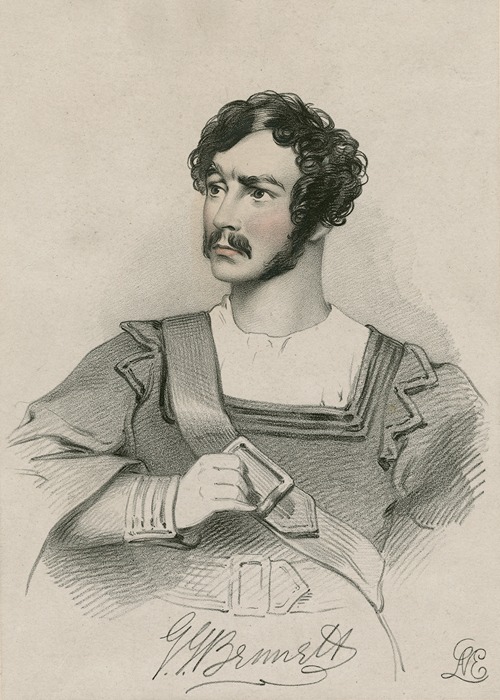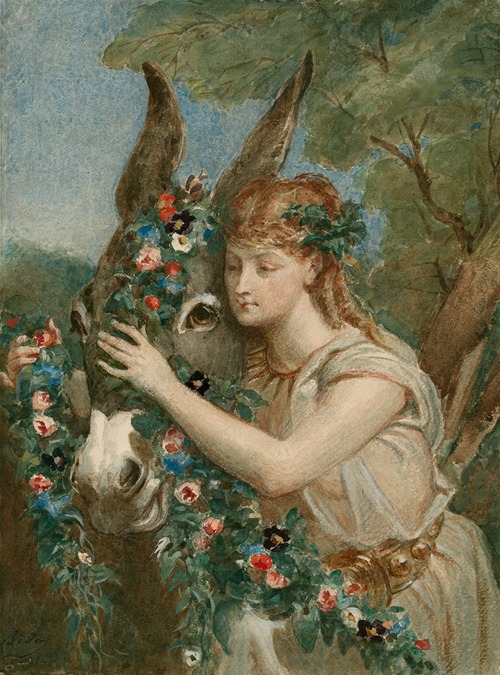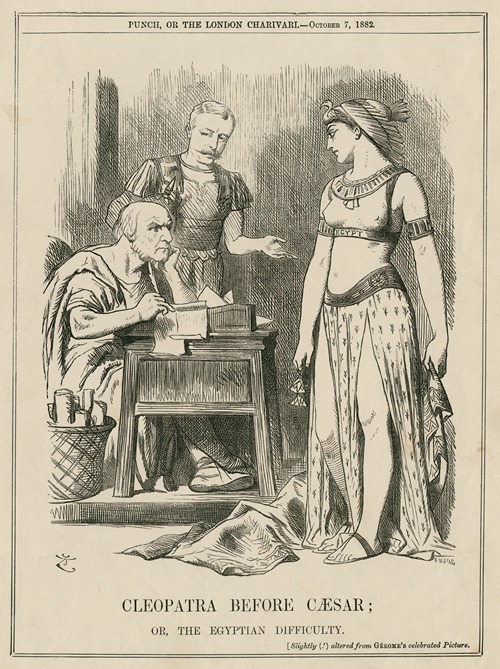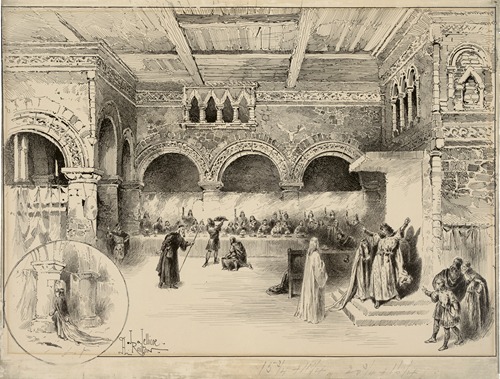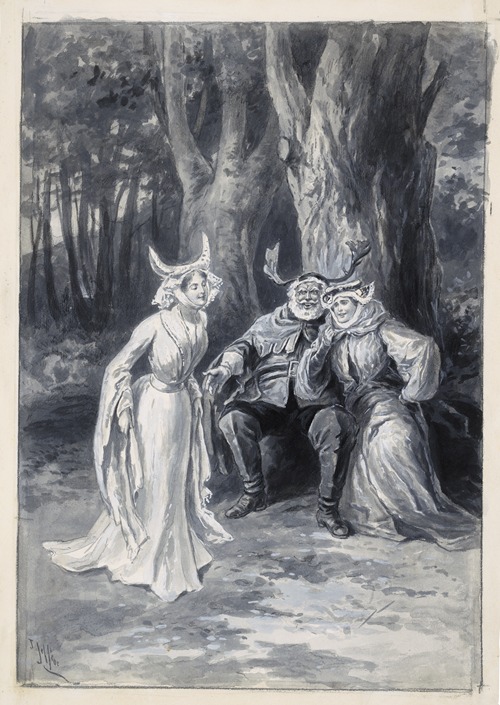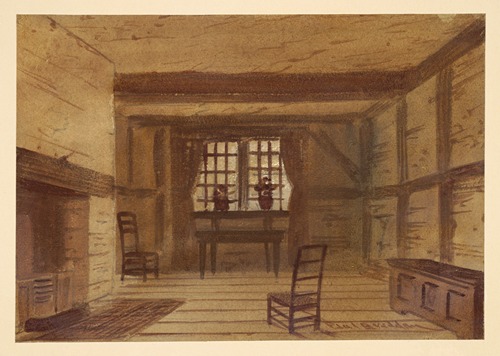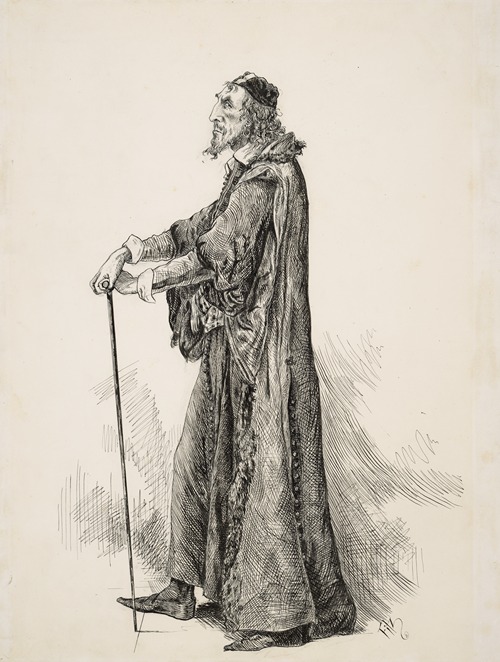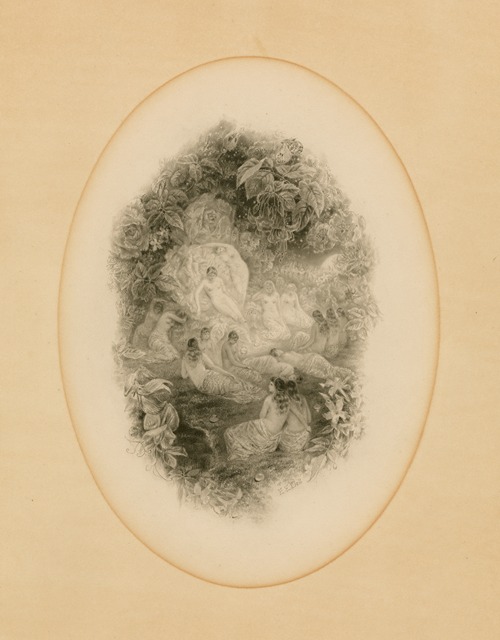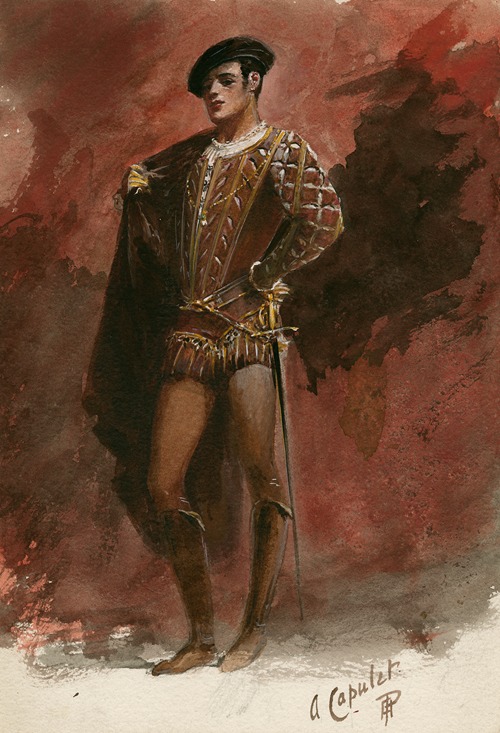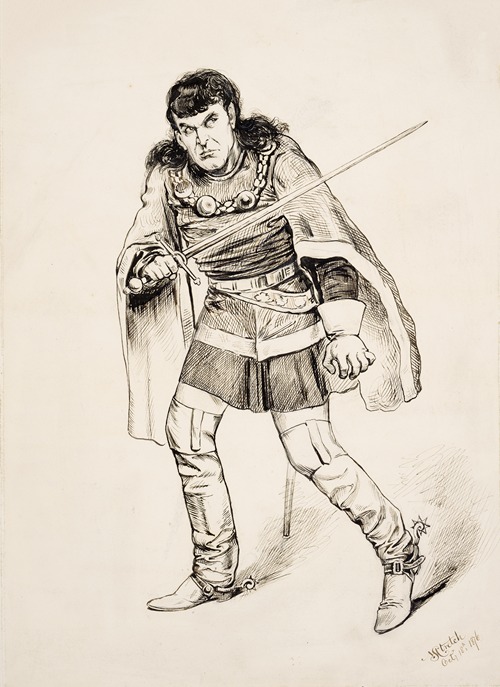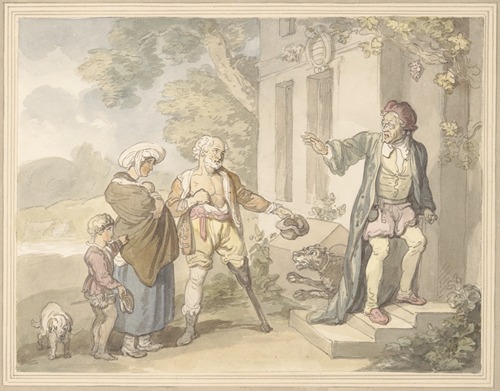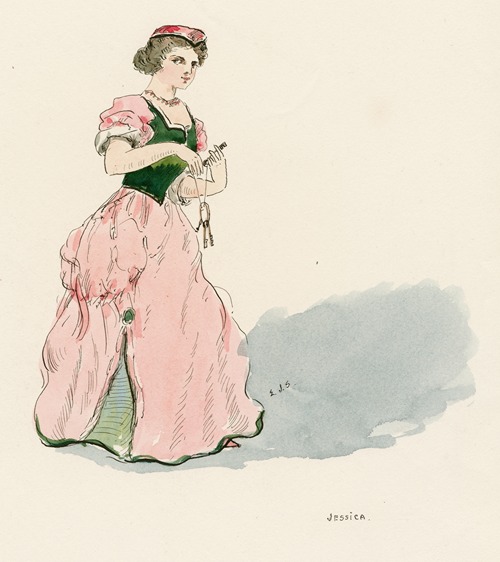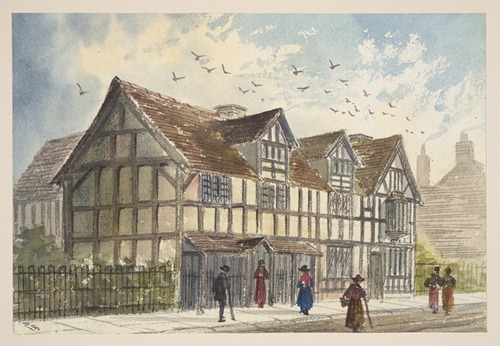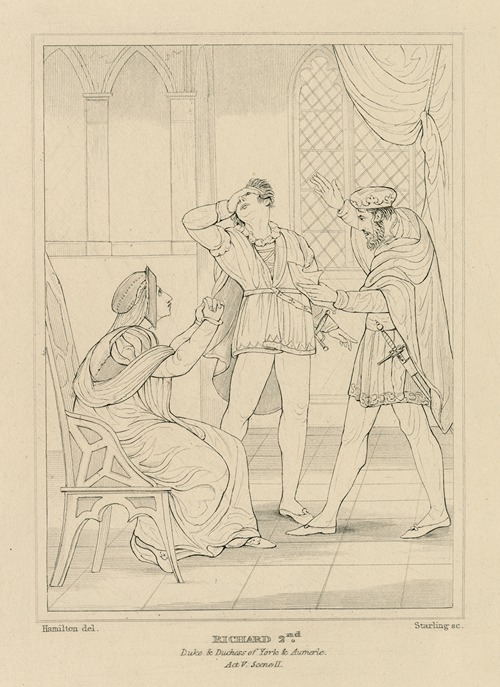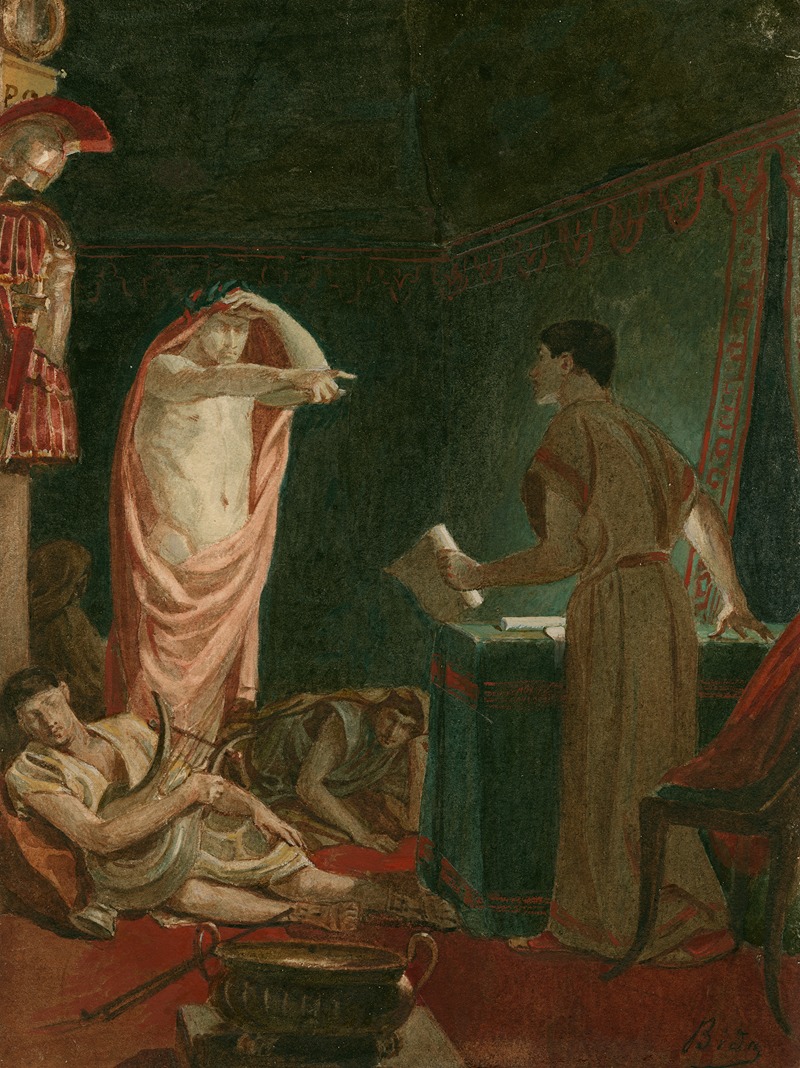
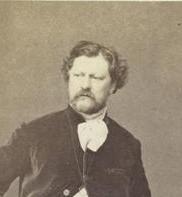
F. Alexandre Bida was a French painter.
He was born in Toulouse, and specialized in Orientalism and studied under Eugène Delacroix, but with an artist's eye for precision and perfection, he soon developed his own style. During Bida's youth, he traveled and worked in Egypt, Greece, Turkey, Lebanon, and Palestine. He became well known for his exhibition shows during the period between 1847 and 1861. He was also an illustrator of the Holy Bible. As a Bible illustrator, Bida's Les Saints Evangeles was published in 1873. In it, the four gospels were enriched by his twenty-eight etchings.
Of Bida's work, it was said that he brought a truth and genius that made his Christ reverent, refined, dignified, and strong. He died in Buhl, Germany in 1895 at the age of 82.
